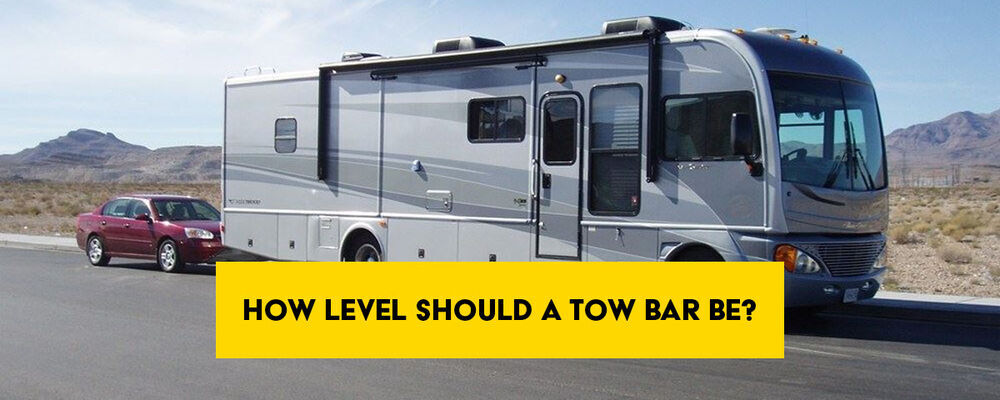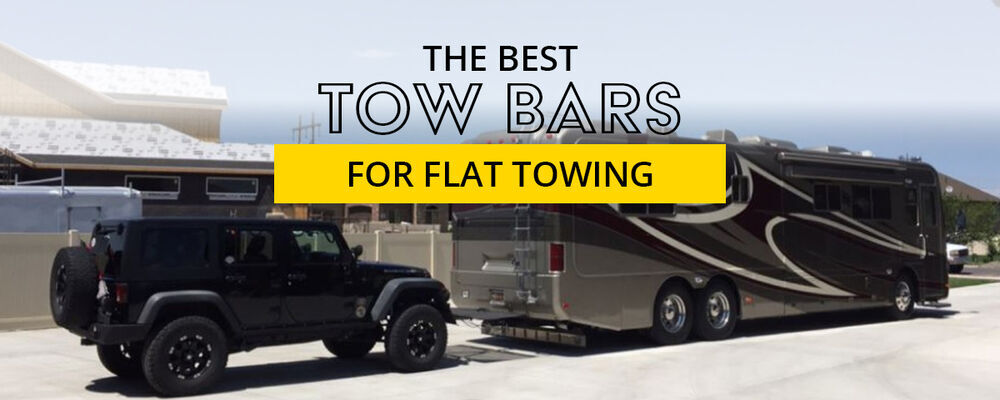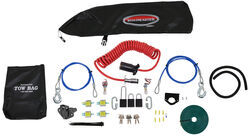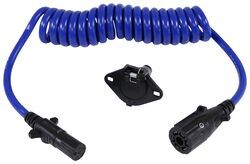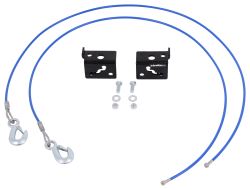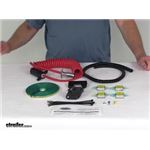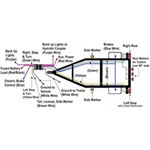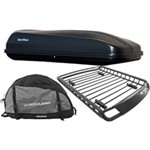
The Definitive, Step-by-Step Flat Towing Setup Guide
Step 1: Park & Position
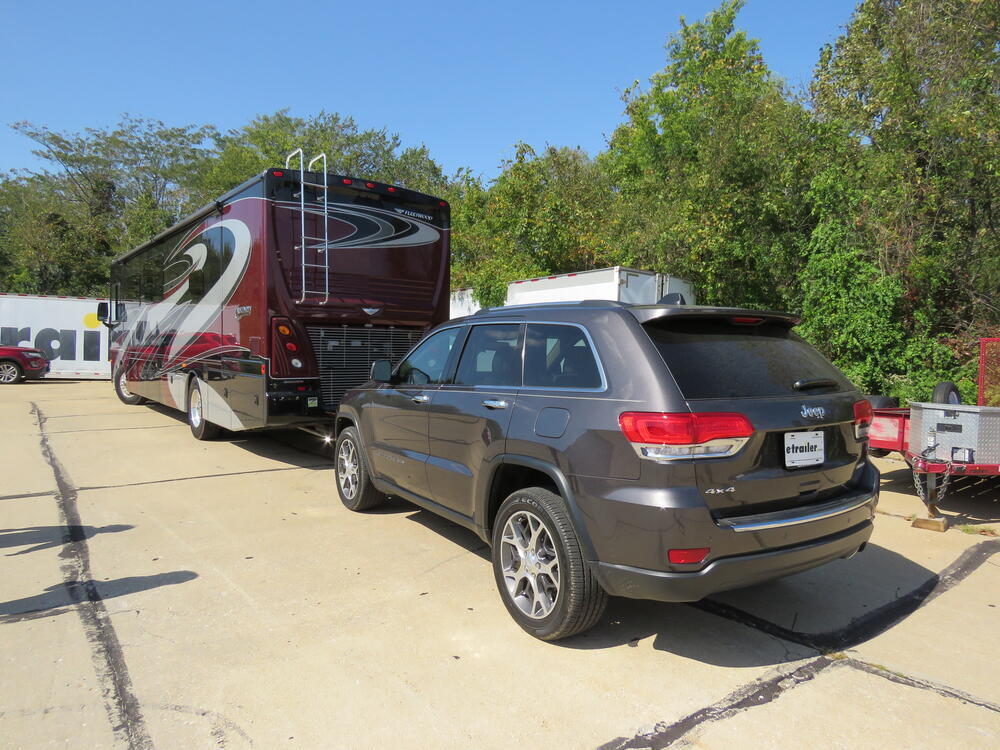
Step 2: Attach Tow Bar
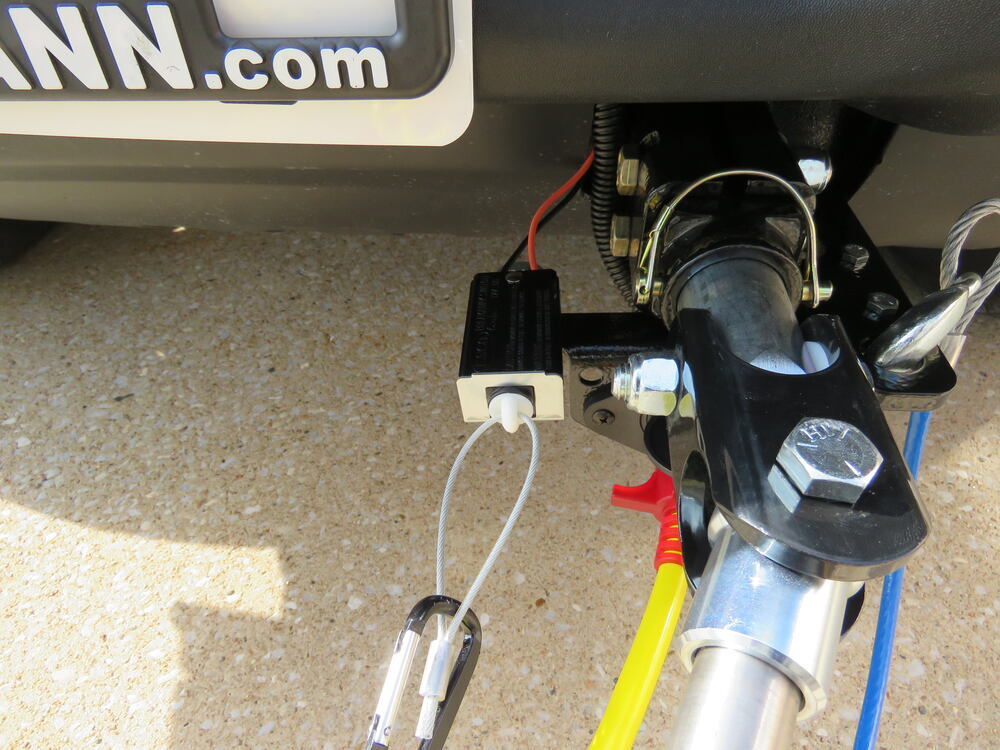
Step 3: Attach Safety Cables

Step 4: Plug in Electrical Wiring
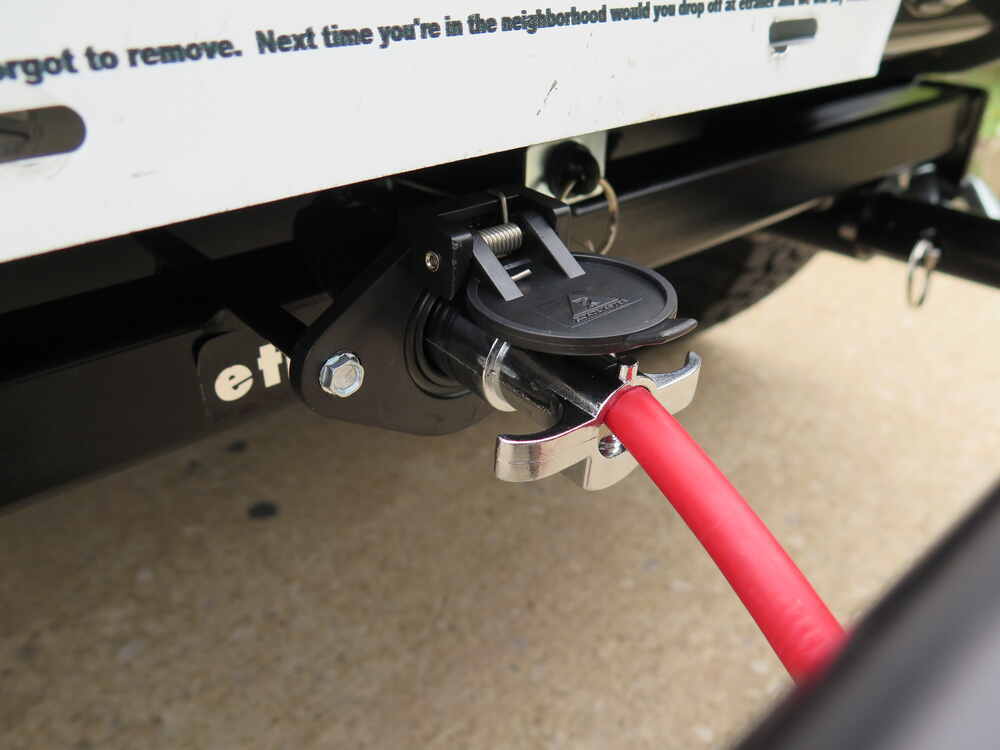
Step 5: Set Up Supplemental Braking System
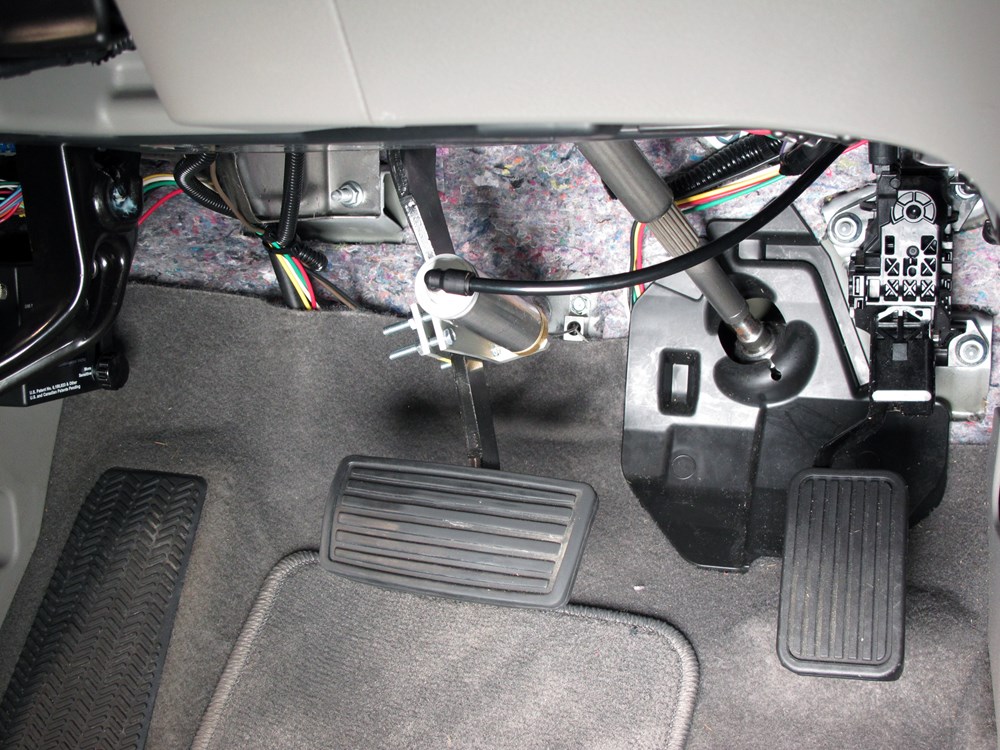
Step 6: Prepare Dinghy for Flat Towing
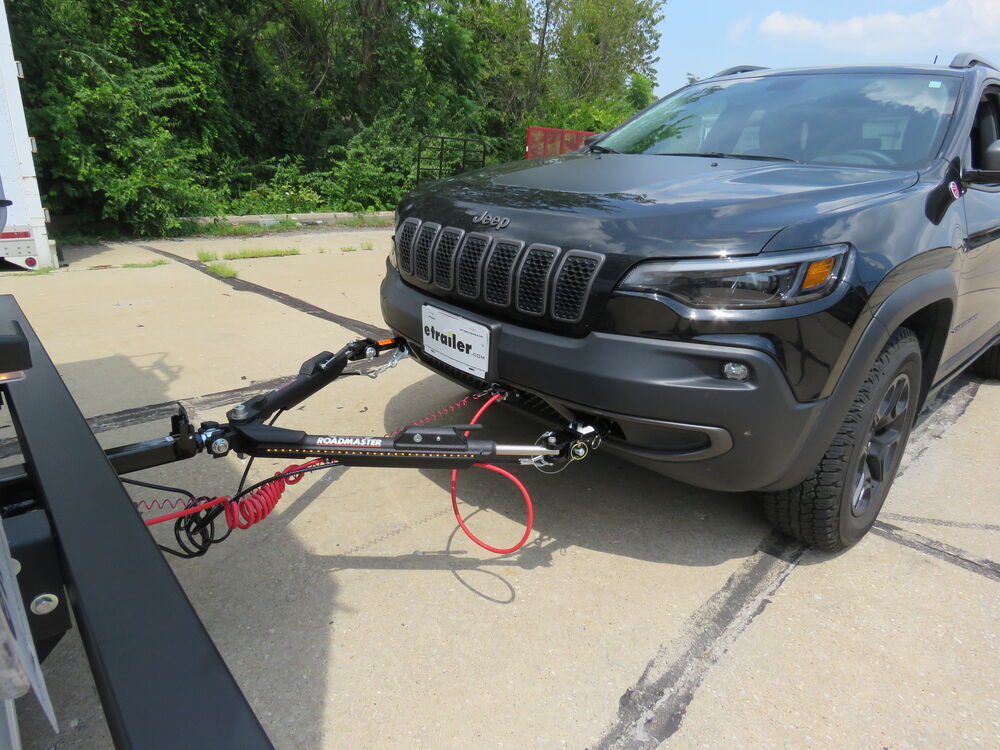
Step 7: Lock-Out Tow Bar Arms
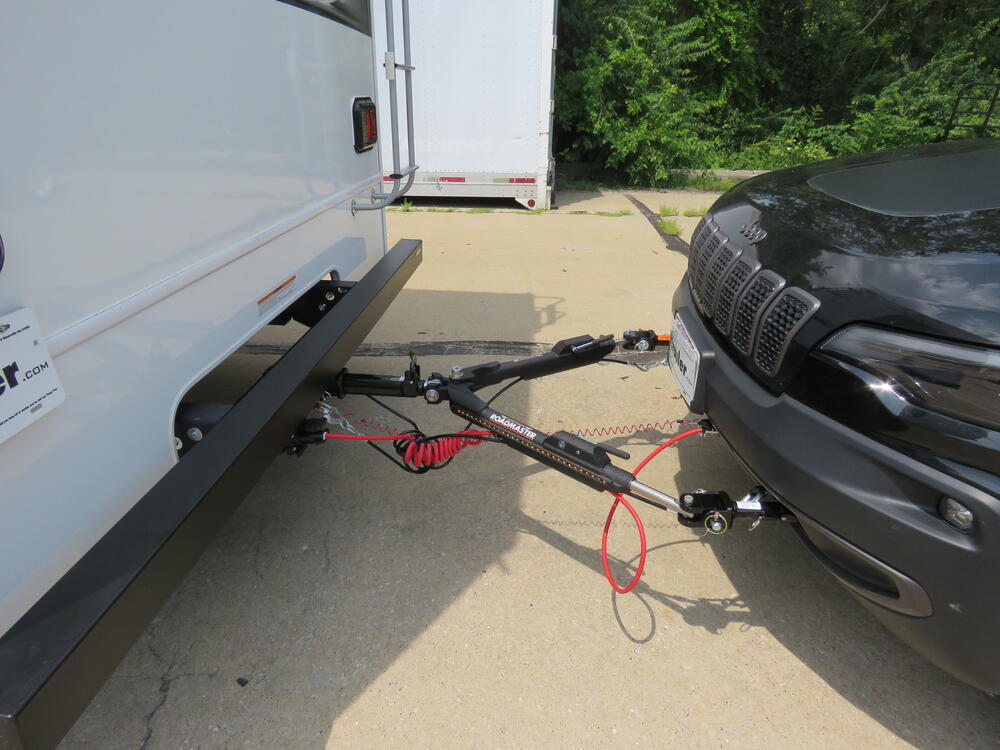
Unbinding the Arms to Disconnect the Tow Bar
Step 9: Test Entire Flat Towing Setup
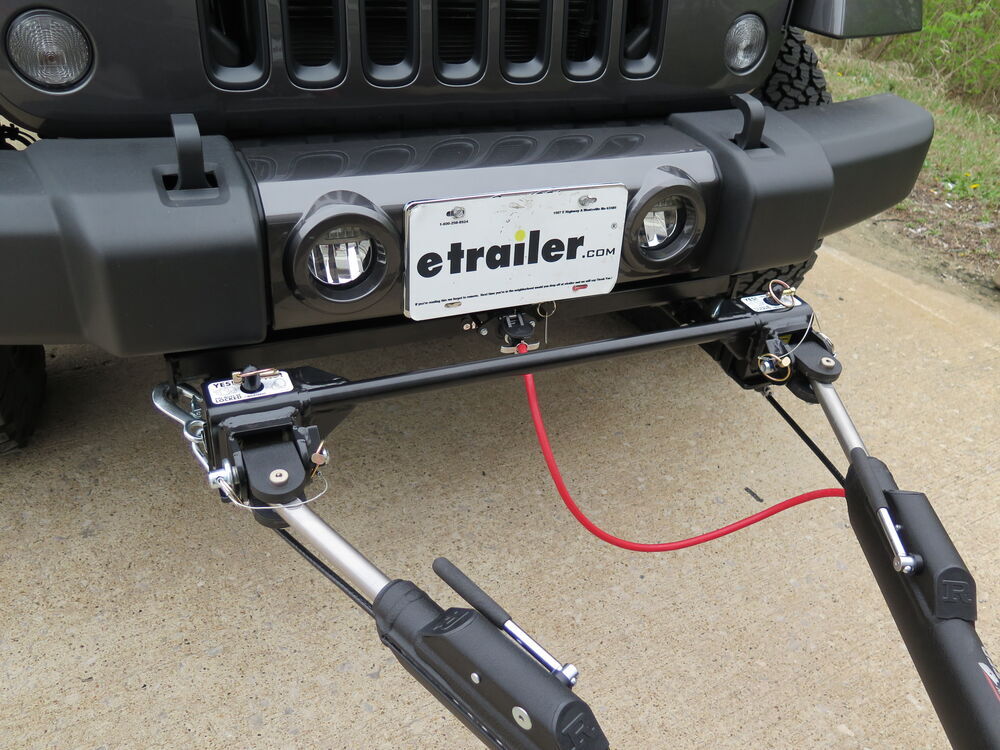
Examples of Flat Towing Setups
Off You Go, You're Ready to Tow!
Departments
Towing
- Trailer Hitch
- Fifth Wheel
- Gooseneck
- Towing a Vehicle
- Front Hitch
- RV Hitch
- ATV Hitch
- HD Truck Hitch
- Vehicle Wiring
- Brake Controller
- Ball Mounts
- Weight Distribution
Sports and Recreation
Trailer Parts
- Utility Trailer
- Boat Trailer
- Landscape Trailer
- Enclosed Trailer
- 5th/Camper Trailer
- Car Hauler
- Horse Trailer
Vehicle
Contact & Help

What our customers are saying:
"Very helpful/friendly Customer Service. Competitive Pricing. Shipping was Fast."
John
Mankato, MN


